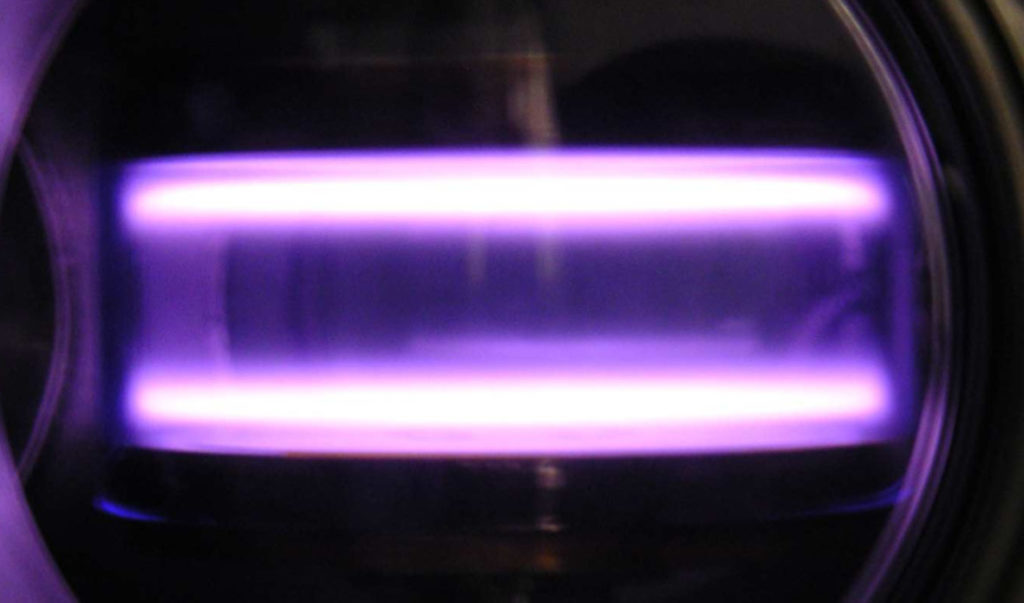Electron heating in dual-radio-frequency-driven atmospheric-pressure plasmas. O’Neill, C; Waskoenig, J; Gans, T. IEEE Transactions on Plasma Science 2011
Our low-temperature plasma research develops solutions for global challenges in high-tech manufacturing, environment, and medicine, through coupling advanced plasma sensing with simulations.

About the Research Area
Low-temperature plasmas (LTPs) have the ability to generate and deliver reactive atomic and molecular species, UV, charged particles, and electric fields to biological targets under ambient conditions. LTPs can stimulate specific biological responses by producing Reactive Oxygen and Nitrogen Species (RONS), which mediate many physiological processes such as cell-to-cell signalling, immune response, wound healing, and cell death. These plasma-produced species are expected to mimic the functions of their native counterparts and offer unique synergies capable of stimulating specific biological responses. Our research focuses on understanding the plasma-driven mechanisms of action and engineering controllable plasma delivery strategies to enhance clinical therapies. We collaborate with many partners on this theme.